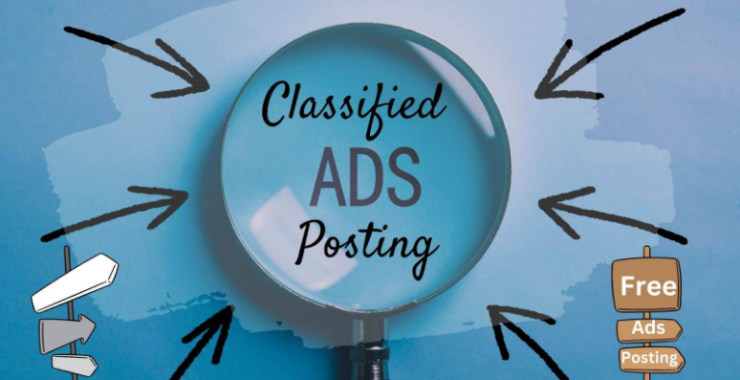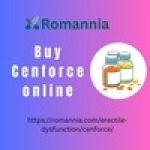How To Automate a Cloud Compliance Platform
The complexity of the cloud may make managing it challenging and costly at a time when compliance requirements are becoming more stringent.
You must think about compliance from a variety of angles, including data protection, localization and sovereignty of data, interception, access to information, and regional and industry-specific rules.
Why Is Automation Critical When Choosing a Cloud Compliance Platform?
- New laws provide additional requirements for compliance
The cloud has many benefits for businesses, but it’s crucial to keep in mind that although cloud workloads may be deployed internationally with the click of a button, that same click may also necessitate GDPR compliance.
In other words, using a cloud service that is more widely available may be the best option technologically, but it may also raise issues with data localization and sovereignty. Due to these complexities, cloud compliance management is a constant effort.
- New security measures are required by regulatory changes
Your company could have to abide by the GDPR, HIPAA, PCI DSS, SOX, and any other requirements pertaining to data location, retention, and access, depending on your business.
Every time these requirements are changed, it becomes necessary to evaluate compliance, fill in any holes that may have appeared, and implement new security measures in order to fulfill your compliance duties.
Non-compliance can have serious repercussions, frequently leading to penalties, legal action, and reputational harm. When customers lose trust due to compliance breaches, revenue may suffer.
- The broader notion of compliance
The classic data center approach involved hosting digital assets at a well-known physical location under the supervision of staff members who were frequently workers for the company that owned the assets.
This stance is altered by the adoption of the cloud and the shared responsibility paradigm that goes along with it. Services that blur regional, national, and local physical barriers are used to host cloud workloads in faraway places.
For administration and customer access, endpoints are connected to the Internet, thereby expanding the attack surface areas. The Internet of Things (IoT), a recent breakthrough, turns every gadget into an Internet-connected endpoint that may share potentially sensitive data.
To accomplish their goals, such endpoints could be placed in public spaces, putting them exposed to intrusion. Every endpoint or service broadens the reach of corporate compliance, bringing with it a scale-related difficulty.
How Does Automation Simplify Cloud Compliance?
The detection, evaluation, repair, and monitoring of compliance concerns manually in today’s vast and sophisticated multi-cloud setups is all but impossible.
- Provides a unified picture
A unified picture of corporate compliance across frameworks is provided by cloud compliance management technologies, providing you with a quick overview of any issues that need to be handled.
This improves visibility across regulatory frameworks. No more examining digital assets twice: once for PCI DSS and once for HIPAA.
Issues may be quickly discovered and communicated to the appropriate team for remedial action, thanks to a single graphical depiction of compliance posture against all pertinent frameworks.
- Automatically scans compliance
Your organization’s exposure to non-compliance risks is reduced through real-time detection of compliance concerns in dynamic cloud settings.
The time and effort required for manual compliance inspections is saved by automatic evaluation of compliance posture, which boosts staff productivity.
- Supports investigations
A single source of truth for all compliance issues is achieved via centralizing data gathering in order to identify, manage, and mitigate compliance incidents.
Reports throughout the IT estate or inside a particular framework make proving compliance straightforward.
Without having any negative effects on daily business operations, investigations can be supported.
- Suggests automated corrective actions
Custom tool sets that restore misconfigured items to baseline and deliver tested remedies to close compliance gaps allow automated repair of non-compliant problems and misconfigurations.
Automation rapidly and effectively restores configuration elements to a conforming condition.
- Generates automatic reports
By just clicking a button, information may be managed at both the executive summary level and the detailed, framework-specific level.
Go quickly and simply through categories to get controls and assessments for digital assets from high-level compliance requirements.
How to Choose the Right Cloud Compliance Platform?
Automation is a crucial factor to consider when selecting a cloud compliance platform. Cloud compliance systems match organizational demands with compliance posture by combining pre-existing frameworks for efficiency and new frameworks for flexibility.
By providing high-quality data at both the summary and granular levels, as well as by connecting with ticketing and messaging procedures to automatically route concerns to remediation teams, cloud compliance systems streamline investigations.
To assist you decide where your attention should be, compliance heat maps offer a unified view of compliance across all cloud environments and frameworks. TransformHub, counted among the top digital transformation companies in Singapore assists you with the structural choice of platform. Misconfigurations and deviations from compliance baselines can be remedied automatically.
Leveraging a Security-First Approach to Compliance
In the public cloud, security and compliance are shared responsibilities. Many businesses make the error of assuming that just because a public cloud provider oversees security and compliance in the cloud, it means that cloud security and compliance is also their responsibility.
This is not true. Your firm is ultimately responsible for any breaches or compliance violations that occur since it is your data. It will be useless to place responsibility on a cloud provider. Not the provider’s income, reputation, or customer relationships are at risk; it is you.
What Does the Security-first Compliance Paradigm Entail?
Leaders in IT and security from businesses of all sizes and in all sectors have learned that by putting security first in the cloud, they can achieve continuous compliance, which lowers costs, reduces risk, and simplifies operations.
Because cloud systems may transform fast, they are frequently in flux and fluctuate in and out of compliance.
Using cutting-edge technologies and automation approaches, the security-first strategy concentrates on continuous monitoring and control of cloud security risks and threats to make sure that the firm is:
1. real-time discovery of security concerns for monitoring
2. through gaining detailed insights into these dangers
3. putting automated rules, procedures, and controls in place to respond to threats
4. evaluating security and compliance outcomes using powerful reporting tools
Using contemporary technologies, top digital transformation solutions, and a cloud-native security platform that takes advantage of the public cloud’s API-centric design is necessary to reach this continual security-first compliance condition.
Advantages of Security-first Approach
Advantages of this model include:
1. Putting together a comprehensive, consistent view of all the cloud accounts
2. Producing compliance reports without the requirement for specific expertise
3. Recognizing, classifying, and resolving compliance concerns as they emerge
4. Checking for compliance at every stage of the development process
5. Avoiding situations that might disrupt the DevSecOps teams by conducting emergency drills as needed to comply with regulations
6. Proving to auditors that security is managed by the company every single day of the year, not just the few weeks leading up to the audit
The organization’s DevOps and compliance managers benefit from continuous compliance automation as well.
Security becomes a competitive differentiation because compliance may react quicker to independent security audits.
Automate Cloud Compliance with TransformHub
Analyzing your present environments is the first step in any cloud compliance audit, internal or external. You can view the compliance of your cloud environments with a new, tailored report within minutes of integrating your cloud accounts with TransformHub.
From the time infrastructure is created through to the operational cloud, teams can perform consistent security and compliance tests, thanks to our cloud and digital transformation solutions.
So get in touch with us right away to receive the top cloud compliance automation solutions you deserve.









